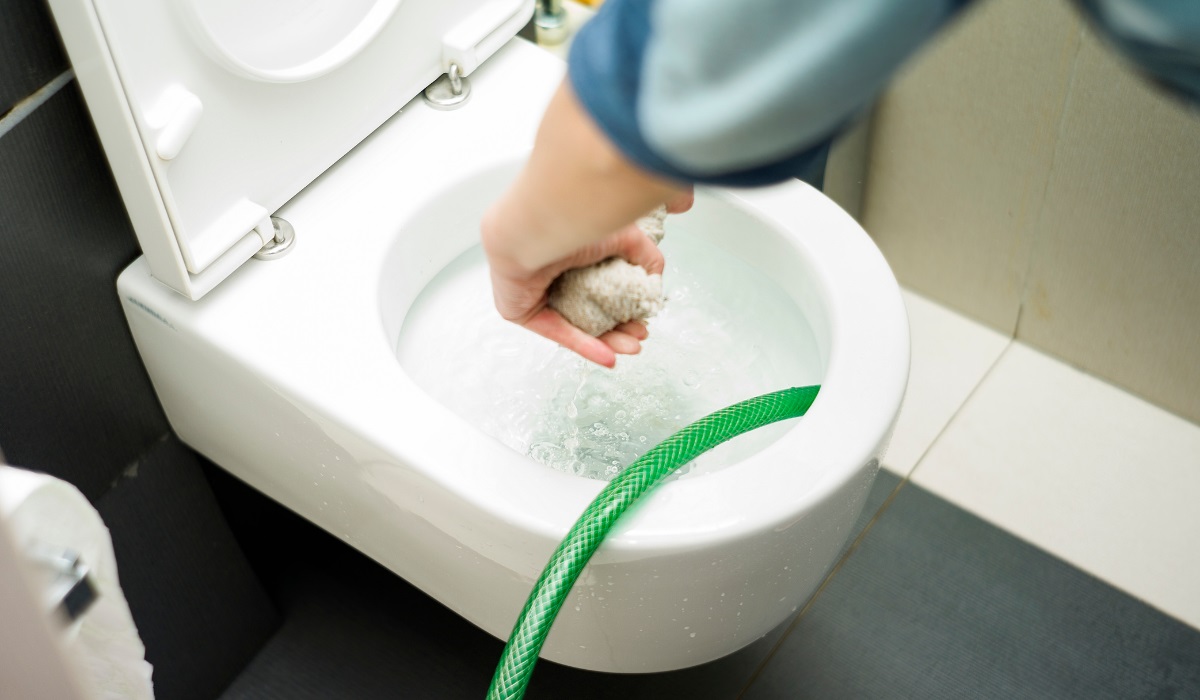

Articles
What To Do If Toilet Overflows
Modified: October 20, 2024
Discover helpful articles on what to do if your toilet overflows. Find step-by-step guides and tips to handle this common plumbing issue effectively.
(Many of the links in this article redirect to a specific reviewed product. Your purchase of these products through affiliate links helps to generate commission for Storables.com, at no extra cost. Learn more)
Introduction
Dealing with a toilet overflow can be a stressful and messy situation. The sight of water flooding the bathroom floor and the fear of potential damage to your home can quickly turn a pleasant day into a chaotic one. However, by understanding the causes of a toilet overflow and knowing what steps to take, you can effectively handle this situation and minimize the impact.
In this article, we will guide you through the necessary actions to take when your toilet overflows, including shutting off the water supply, removing excess water, clearing any blockages, and providing tips for preventing future overflows. We will also discuss situations where it may be best to call a professional plumber for assistance.
So, let’s dive in and learn how to handle a toilet overflow like a pro!
Key Takeaways:
- When faced with a toilet overflow, remaining calm, shutting off the water supply, and promptly removing excess water are crucial immediate actions to minimize damage and address the issue effectively.
- Implementing preventive measures, such as proper waste disposal and regular plumbing maintenance, can significantly reduce the likelihood of experiencing a toilet overflow in the future.
Read more: How To Stop An Overflowing Toilet
Understanding the Cause of Toilet Overflow
Before diving into the steps to resolve a toilet overflow, it’s important to understand the common causes behind this frustrating issue. By knowing the root causes, you will be better equipped to address the problem effectively.
1. Clogged Drain: The most common cause of a toilet overflow is a clogged drain. When debris, toilet paper, or foreign objects accumulate in the pipes, they can create a blockage that prevents water from flowing smoothly. As a result, water can’t flush down, causing it to rise and overflow from the bowl.
2. Faulty Flapper Valve: Another potential cause of a toilet overflow is a faulty or worn-out flapper valve. The flapper valve is responsible for controlling the flow of water from the tank into the bowl. If the flapper valve doesn’t close properly, water can continually flow into the bowl, leading to an overflow.
3. Blocked Vent Pipe: A blocked vent pipe can also contribute to a toilet overflow. The vent pipe allows air to enter the plumbing system, maintaining proper pressure and facilitating drainage. If the vent pipe is blocked, air can’t escape, resulting in poor drainage and a potential overflow.
4. Faulty Fill Valve: The fill valve, also known as the ballcock valve, regulates the water level in the tank after each flush. If the fill valve malfunctions or gets stuck, it may cause water to continuously flow into the tank, eventually leading to an overflow.
5. Structural Issues: In rare cases, a toilet overflow may be caused by structural issues with the plumbing system. This could include a broken or cracked pipe, a collapsed sewer line, or improper installation. If you suspect a structural issue, it’s best to consult a professional plumber for a thorough inspection.
By understanding the common causes of toilet overflow, you can better identify the underlying issue and take appropriate steps to resolve it. Now, let’s move on to what you should do immediately when faced with a toilet overflow.
Steps to Take Immediately
When a toilet overflow occurs, it’s important to act quickly to minimize the damage and prevent further flooding. Follow these steps to effectively address the situation:
- 1. Remain Calm: While a toilet overflow can be frustrating, it’s important to stay calm and composed. Panicking may lead to making hasty decisions or unnecessary mistakes.
- 2. Turn Off the Water Supply: Locate the water shut-off valve behind or near the toilet and turn it clockwise to stop the flow of water. This will prevent additional water from entering the toilet bowl and causing further overflow.
- 3. Protect the Surrounding Area: Use towels, old rags, or absorbent materials to soak up any standing water around the toilet. Place towels strategically to prevent water from spreading to other areas of the bathroom.
- 4. Check the Tank: Lift the lid of the toilet tank and check if the flapper valve is properly closed. If it is stuck or not functioning correctly, gently adjust it or clean any debris that may be causing the problem.
- 5. Clear Obstructions: If you suspect a clogged drain is causing the overflow, you can try using a plunger to dislodge the blockage. Place the plunger directly over the drain opening and vigorously push in and out to create suction. Be cautious not to use excessive force to avoid damaging the toilet.
- 6. Evaluate the Water Level: After clearing any obstructions, observe the water level in the bowl. If the water level starts to recede, continue plunging until the bowl is empty or close to it.
- 7. Remove Excess Water: Use a bucket or a wet-dry vacuum to remove any remaining water from the toilet bowl and the surrounding area. Empty the bucket or container in a sink or a bathtub to prevent further spillage.
By following these immediate steps, you can effectively address a toilet overflow and reduce the potential for further damage. However, it’s essential to address the underlying issue to prevent future overflows. In the next section, we will discuss how to shut off the water supply and clear any blockages that may be causing the overflow.
Shutting Off the Water Supply
One of the first steps to take when dealing with a toilet overflow is to shut off the water supply to prevent further flooding. Here’s how to do it:
- 1. Locate the Shut-Off Valve: The shut-off valve is typically located behind or near the toilet. It is usually a small, round valve connected to the water supply line. It can be either a lever or a knob.
- 2. Turn the Valve Clockwise: Once you have located the shut-off valve, turn it clockwise (to the right) to shut off the water supply. This action will stop the flow of water to the toilet tank and prevent any additional water from entering the bowl.
- 3. Test the Water Flow: After turning the shut-off valve, flush the toilet to check if the water flow has stopped. If the tank refills or water continues to flow, repeat the process or consider turning off the main water supply to the house if necessary.
- 4. Inform Housemates: If you share a living space with others, make sure to inform them about the situation and the shut-off valve’s location. This will help prevent accidental use of the toilet and potential further overflow.
Shutting off the water supply is crucial to minimize the damage caused by a toilet overflow. Once the water supply is turned off, you can focus on removing excess water and clearing any blockages. These steps will be discussed in the following sections.
Removing Excess Water
Once you have shut off the water supply and taken immediate steps to address a toilet overflow, it’s important to remove any excess water to prevent further damage and promote a safe and clean environment. Here’s how you can effectively remove excess water:
- 1. Gather Absorbent Materials: Grab towels, old rags, or absorbent materials like paper towels or mop heads to soak up the excess water. Make sure to have enough material to absorb a significant amount of water.
- 2. Protect the Surrounding Area: Place towels strategically around the toilet to prevent water from spreading to other areas of the bathroom. Press them firmly against the floor to absorb as much water as possible.
- 3. Wring Out and Dispose of Soaked Towels: As the towels become saturated, wring them out into a bucket or sink. Dispose of any heavily soaked towels to avoid creating a slip hazard.
- 4. Use a Wet-Dry Vacuum: If you have access to a wet-dry vacuum, it can be an efficient tool for removing excess water from the toilet bowl and the surrounding floor. Follow the manufacturer’s instructions for proper usage.
- 5. Empty the Vacuum or Bucket: Regularly empty the vacuum or bucket to prevent water from overflowing. Dispose of the water in a sink or a bathtub to avoid creating additional mess.
- 6. Inspect for Water Seepage: After removing the excess water, inspect the area around the toilet, including the base and the surrounding floor, for any signs of water seepage or damage. If you notice any, it might be necessary to address the issue or seek professional assistance.
Removing excess water is an essential step in controlling the aftermath of a toilet overflow. By promptly and effectively removing the water, you can minimize the risk of slip hazards, water damage, and potential mold or mildew growth.
In the next section, we will address the process of clearing any blockages that may have caused the toilet overflow.
If your toilet overflows, turn off the water supply to the toilet by locating the shut-off valve behind the toilet and turning it clockwise. This will prevent further flooding.
Read more: How To Fix An Overflowing Toilet
Clearing the Toilet Blockage
If a toilet overflow occurs due to a blockage in the drain pipe, it’s important to address the issue to restore proper flow and prevent future overflows. Here are the steps to clear a toilet blockage:
- 1. Put on Protective Gloves: Before attempting to clear a blockage, it’s wise to put on a pair of rubber gloves to protect yourself from any debris or unsanitary conditions.
- 2. Assess the Severity of the Blockage: Determine the severity of the blockage by observing the water level in the bowl. If it’s at the rim or near the top, it may require more extensive methods or professional assistance.
- 3. Try a Plunger: Use a toilet plunger to try and dislodge the blockage. Ensure that the plunger covers the drain hole completely to create a proper seal. Push down gently, then pull up with force to create suction and loosen the blockage. Repeat this motion several times.
- 4. Use a Toilet Auger: If the plunger doesn’t resolve the blockage, you can try using a toilet auger, also known as a plumbing snake. Insert the auger into the toilet bowl, allowing it to reach the obstruction. Rotate the handle clockwise while applying gentle pressure to break through the blockage.
- 5. Flush with Hot Water: After attempting to clear the blockage, flush the toilet with hot water to help flush away any remaining debris. Be cautious not to use boiling water, as it can crack the toilet bowl.
- 6. Test for Proper Drainage: Once you have cleared the blockage, observe the water flow in the toilet. A properly functioning drain should allow the water to flush away smoothly without any signs of backing up or overflowing.
- 7. Dispose of Waste Properly: Dispose of the debris and gloves used during the clearing process in a sealed plastic bag and place it in the appropriate waste receptacle.
Remember, if the blockage persists or the toilet continues to overflow, it is advisable to call a professional plumber for assistance. They have the experience and equipment to handle more complex blockages and ensure a thorough resolution.
Now that you have learned how to shut off the water supply, remove excess water, and clear a toilet blockage, let’s move on to prevention tips to avoid future overflows.
Prevention Tips to Avoid Future Overflows
Dealing with a toilet overflow can be a messy and inconvenient experience. To avoid facing this issue in the future, it’s important to take preventive measures and establish good maintenance habits. Here are some tips to help you avoid toilet overflows:
- 1. Avoid Flushing Non-Flushable Items: Toilets are designed to handle human waste and toilet paper. Avoid flushing items like feminine hygiene products, cotton balls, wet wipes, paper towels, or any other non-flushable items. These items can easily cause blockages in the drain pipe.
- 2. Use Less Toilet Paper: Be mindful of the amount of toilet paper you use. Excessive toilet paper can accumulate in the pipes and contribute to clogs. Use only a reasonable amount and flush multiple times if needed.
- 3. Educate Household Members: Make sure everyone in your household understands what should and should not be flushed down the toilet. Remind family members or guests to use the garbage bin for disposing of non-flushable items.
- 4. Regularly Inspect the Toilet: Conduct periodic inspections of your toilet to look for signs of potential issues such as leaks, cracks, or loose connections. Address any problems promptly to prevent them from escalating into more significant concerns.
- 5. Install a Toilet Overflow Alarm: Consider installing a toilet overflow alarm. This device will alert you when the water level in the toilet bowl becomes too high, allowing you to take immediate action before an actual overflow occurs.
- 6. Schedule Routine Plumbing Maintenance: Engage the services of a professional plumber for regular plumbing maintenance. They can inspect your pipes, drains, and toilet to identify any potential issues and perform necessary maintenance or repairs.
- 7. Use Enzyme-Based Drain Cleaners: To keep your pipes clear and free from buildup, consider using enzyme-based drain cleaners regularly. These cleaners are safe for your plumbing system and can help break down organic matter, reducing the risk of blockages.
By implementing these prevention tips, you can significantly reduce the likelihood of experiencing a toilet overflow in the future. However, if you do encounter a persistent issue or if the toilet overflow is accompanied by other plumbing problems, it’s best to contact a professional plumber for expert assistance.
Next, let’s discuss when it’s appropriate to call a professional plumber to handle a toilet overflow situation.
When to Call a Professional Plumber
While some toilet overflows can be effectively resolved through DIY measures, there are situations where it’s best to seek the expertise of a professional plumber. Here are some instances when you should consider calling a professional plumber:
- 1. Repeated or Persistent Overflows: If you’ve encountered multiple toilet overflows despite your best efforts to resolve the issue, it may indicate a more significant underlying problem. A professional plumber can assess the situation, identify the root cause, and implement the necessary repairs or replacements.
- 2. Sewage Backflow: If you notice sewage or foul-smelling water backing up through the drains or toilet, it’s crucial to contact a professional plumber immediately. This could be a sign of a serious sewer line issue that requires professional attention to prevent further damage and health hazards.
- 3. Flooding or Water Damage: If a toilet overflow has resulted in substantial flooding or water damage to your bathroom or other areas of your home, a professional plumber can help assess the extent of the damage and provide the necessary repairs or restoration services.
- 4. Structural Issues: If you suspect that the toilet overflow is a result of structural problems, such as a broken or collapsed pipe, it’s important to call a professional plumber. They have the expertise and equipment to conduct a thorough inspection, identify the extent of the issue, and recommend the appropriate repairs.
- 5. Lack of DIY Knowledge or Experience: If you’re unfamiliar with plumbing systems or feel uncertain about performing DIY repairs, it’s wise to leave the job to a professional plumber. Their expertise and experience will ensure that the problem is resolved correctly, minimizing the risk of further complications.
A professional plumber has the knowledge, skills, and tools necessary to handle complex plumbing issues, including toilet overflows. They can provide accurate diagnoses, efficient repairs, and expert advice to prevent future problems.
Remember, regular plumbing maintenance and prompt attention to plumbing issues can help you avoid costly repairs and inconvenience in the long run. Don’t hesitate to contact a qualified plumber if you’re unsure about the best course of action.
Now, let’s wrap up our discussion.
Conclusion
Dealing with a toilet overflow can be a stressful and inconvenient experience. However, by understanding the causes of toilet overflows and knowing how to take immediate action, you can effectively address the situation and minimize the damage. Remember the key steps to take:
- Remain calm and composed to approach the situation with a clear mind.
- Shut off the water supply to stop the flow of water into the toilet bowl.
- Remove excess water using absorbent materials and a wet-dry vacuum if available.
- Clear any blockages using a plunger or toilet auger.
- Implement preventive measures to avoid future overflows, such as proper waste disposal and regular inspections.
- Know when to call a professional plumber for persistent or severe issues.
By following these guidelines, you can effectively manage a toilet overflow and prevent further damage. Remember, it’s important to prioritize your safety and well-being while handling plumbing issues. If you are unsure or uncomfortable with performing the necessary tasks, don’t hesitate to seek professional help.
Taking proactive steps to prevent toilet overflows, such as educating household members and scheduling routine plumbing maintenance, can help minimize the chances of facing this issue in the future.
Ultimately, a toilet overflow can be a frustrating experience, but by remaining calm, acting quickly, and implementing preventive measures, you can maintain a functional and reliable plumbing system in your home.
Thank you for reading this comprehensive guide on handling toilet overflows. We hope you found the information helpful and that it empowers you to tackle any future plumbing challenges with confidence.
Frequently Asked Questions about What To Do If Toilet Overflows
Was this page helpful?
At Storables.com, we guarantee accurate and reliable information. Our content, validated by Expert Board Contributors, is crafted following stringent Editorial Policies. We're committed to providing you with well-researched, expert-backed insights for all your informational needs.
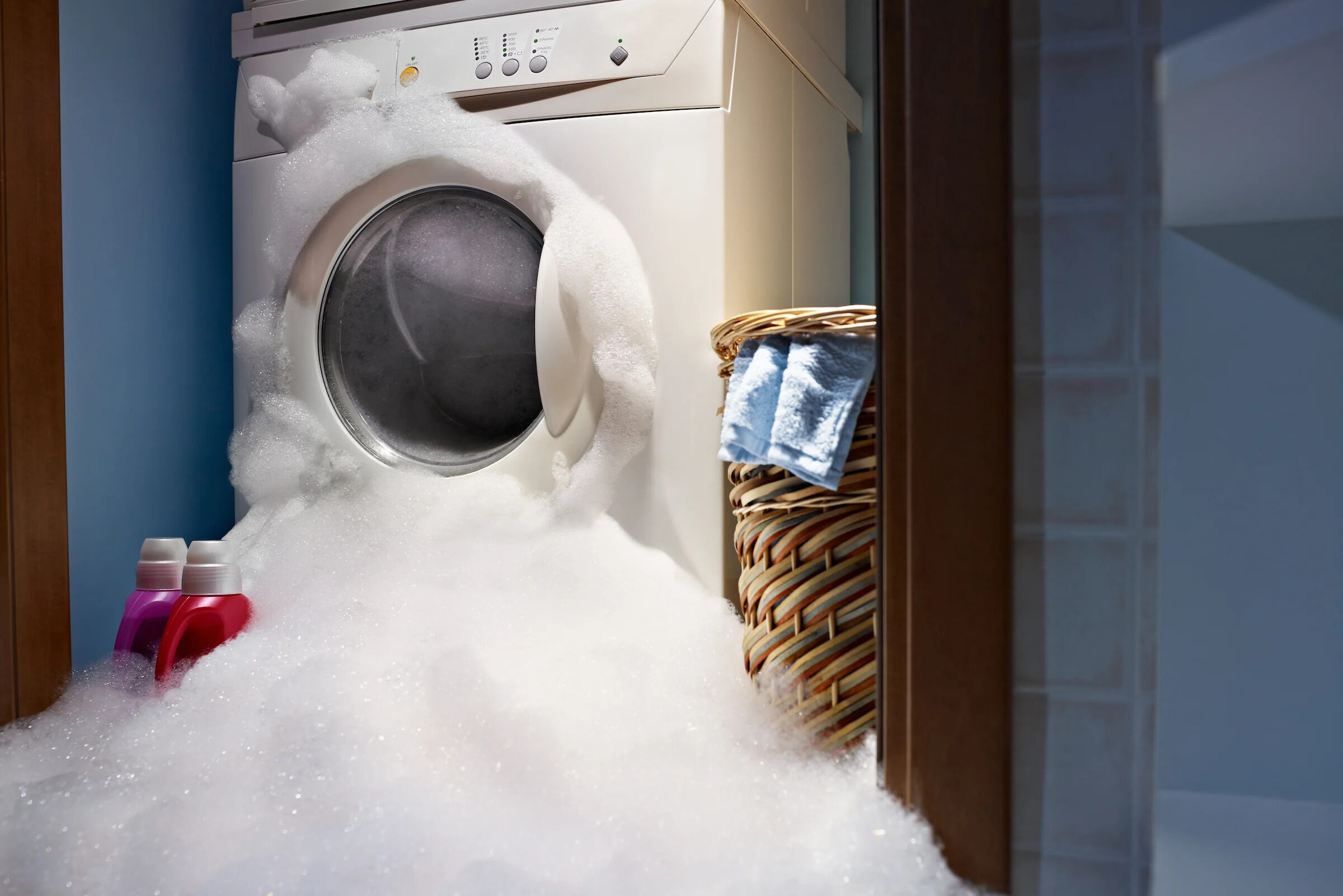
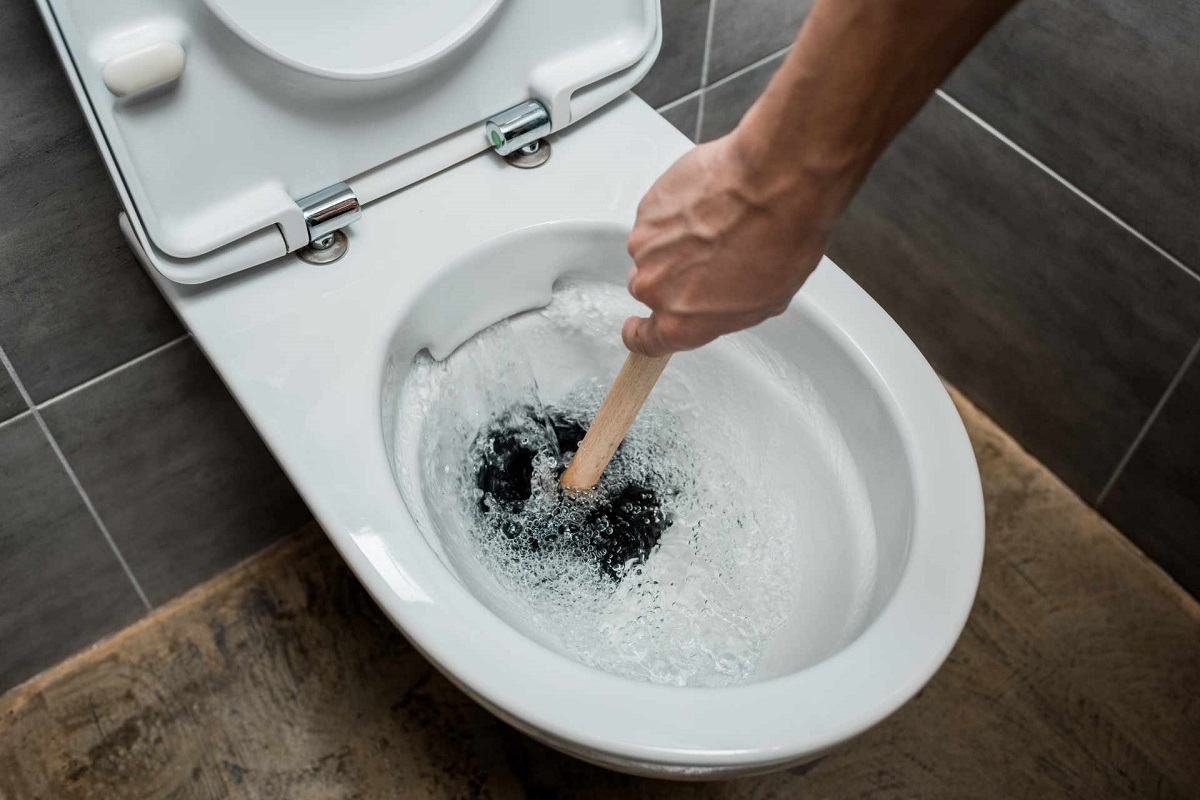
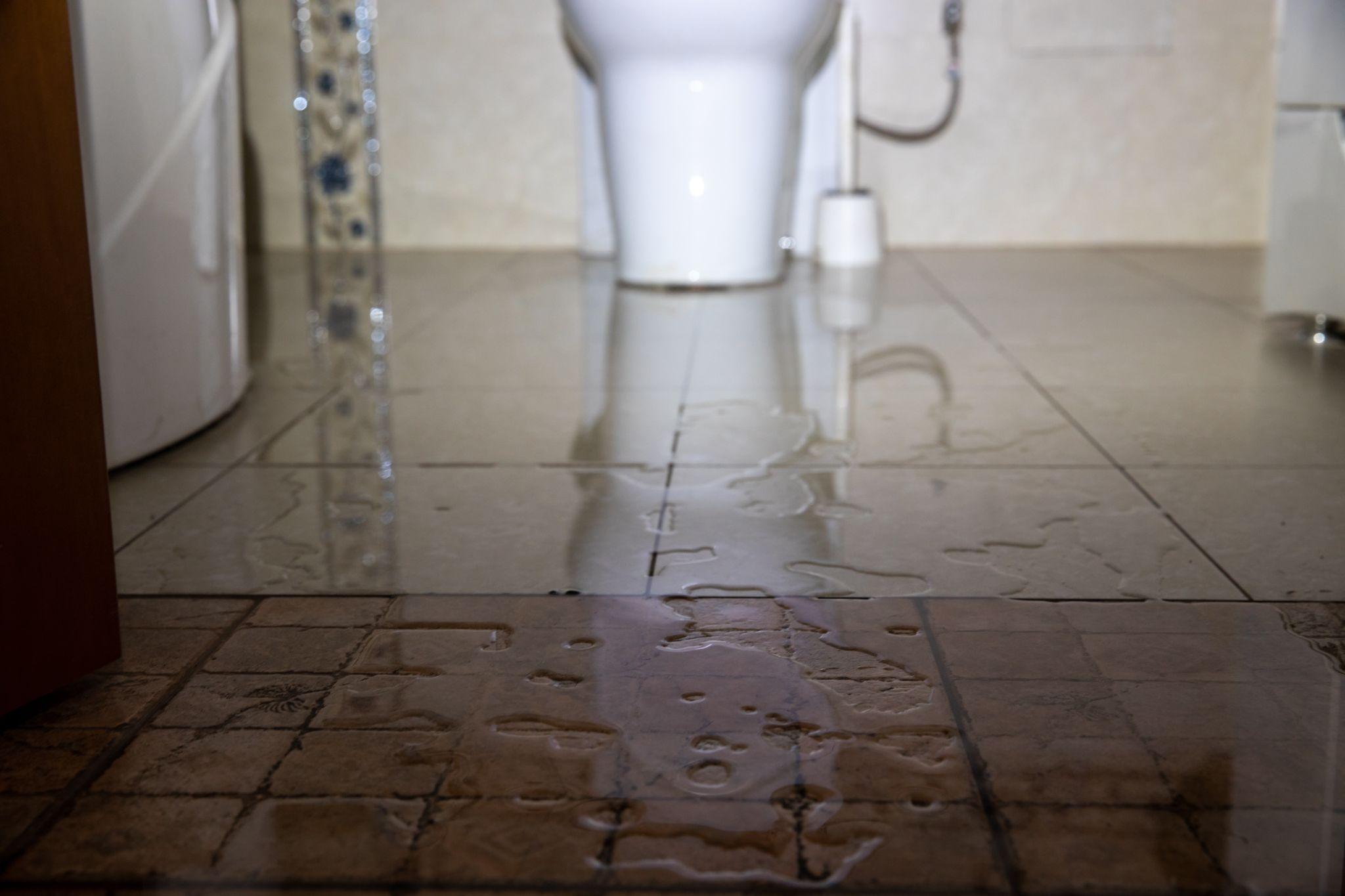
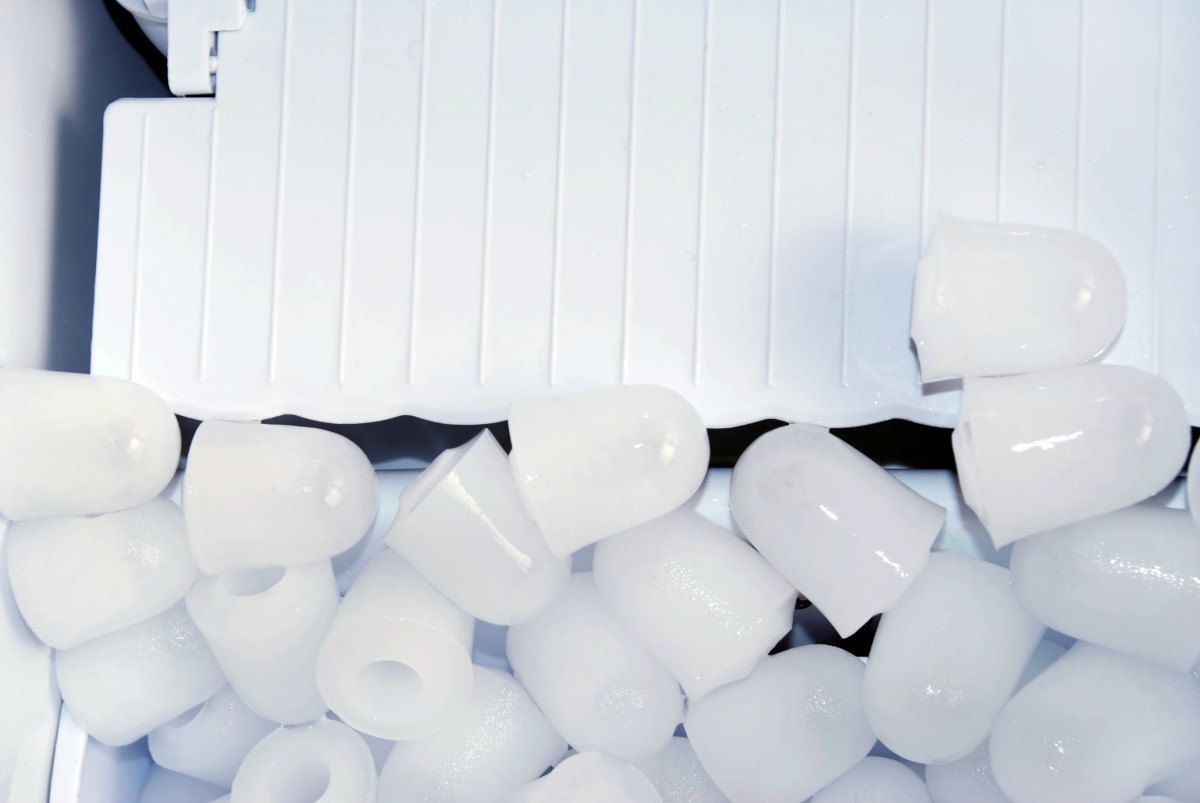
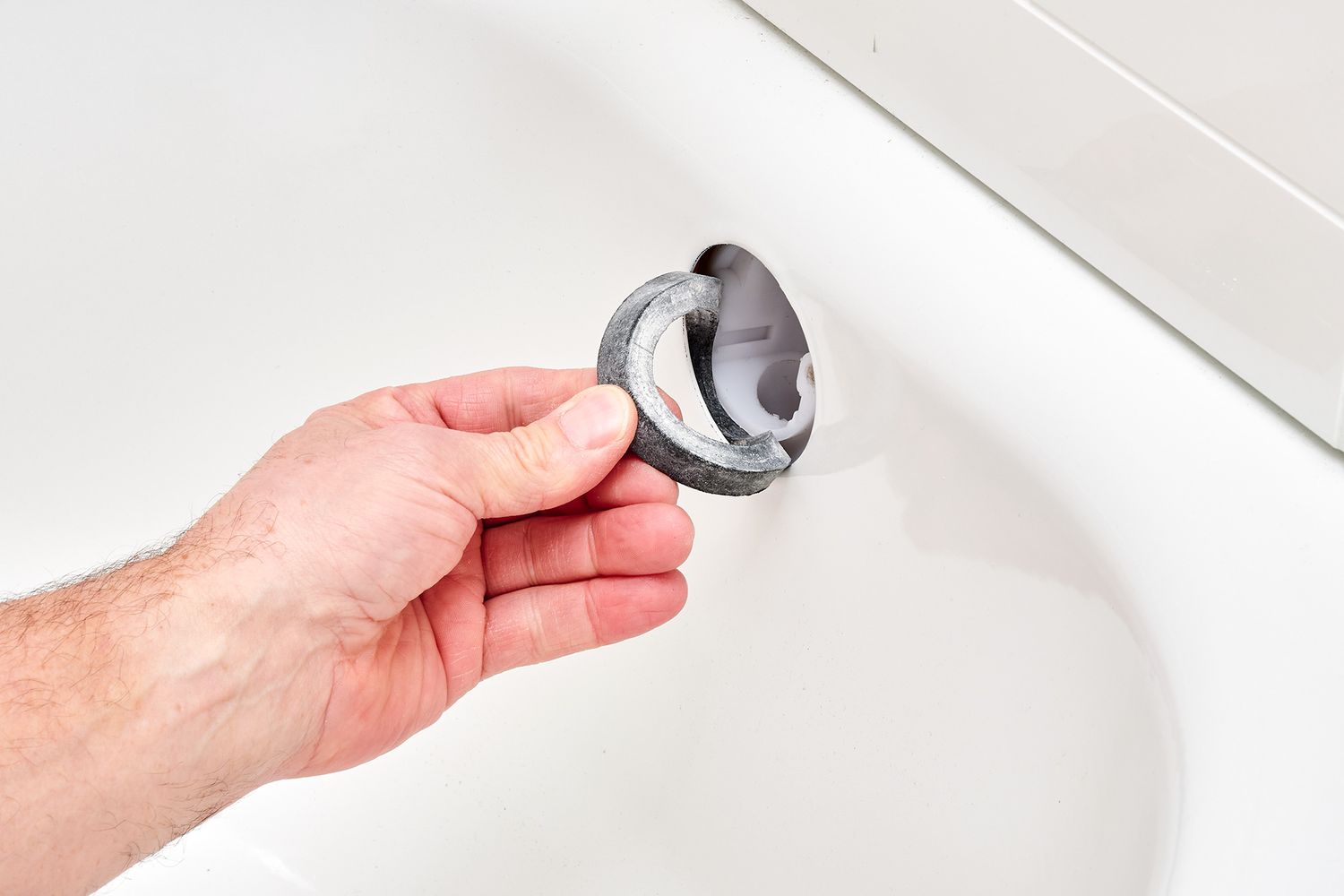
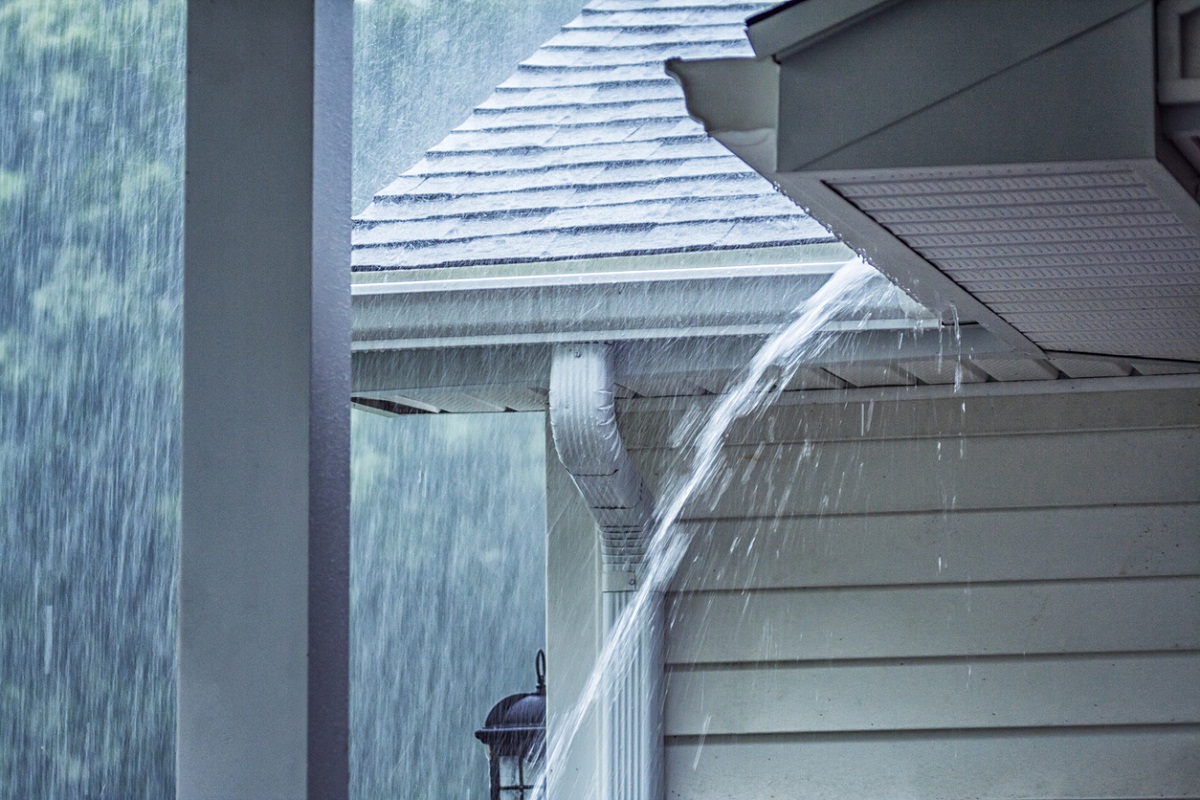
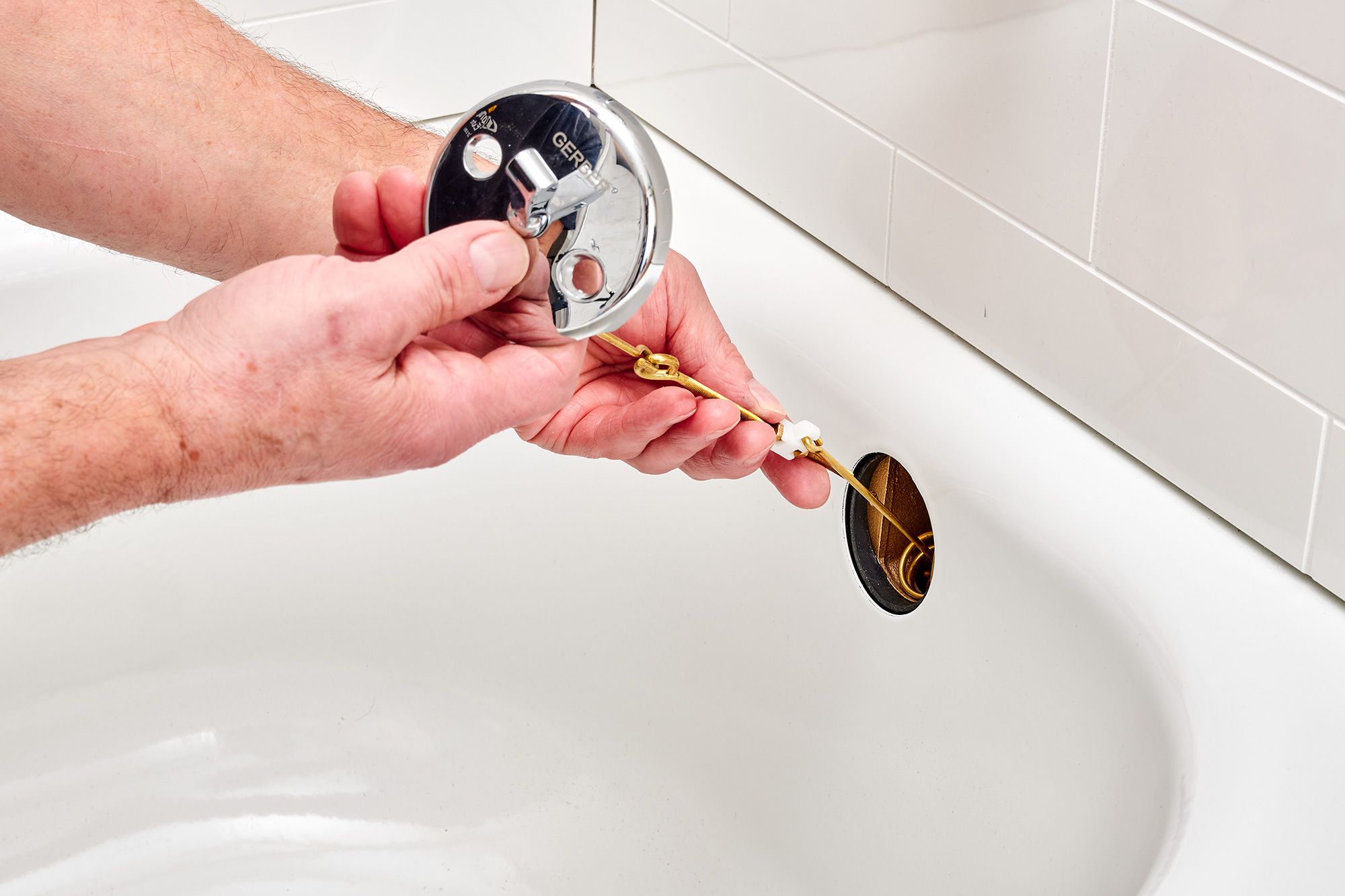
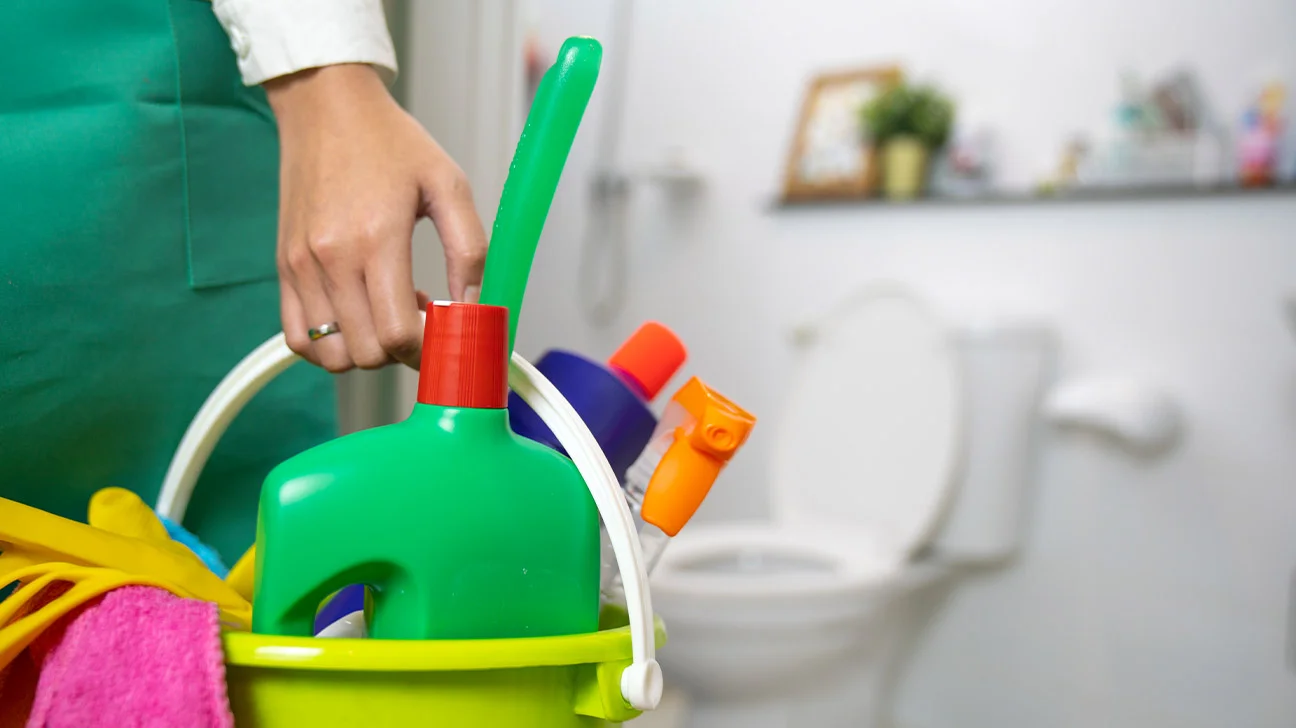
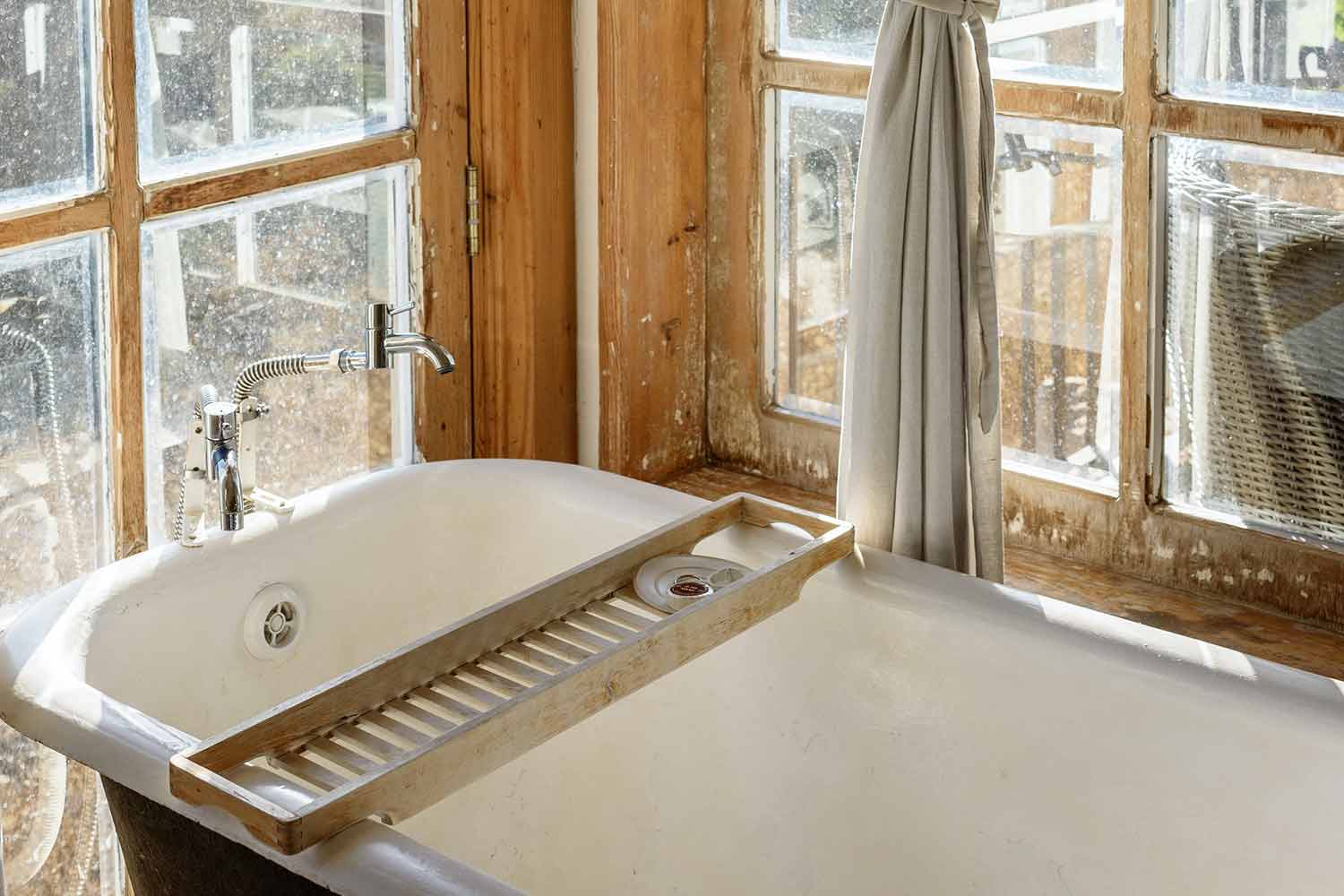
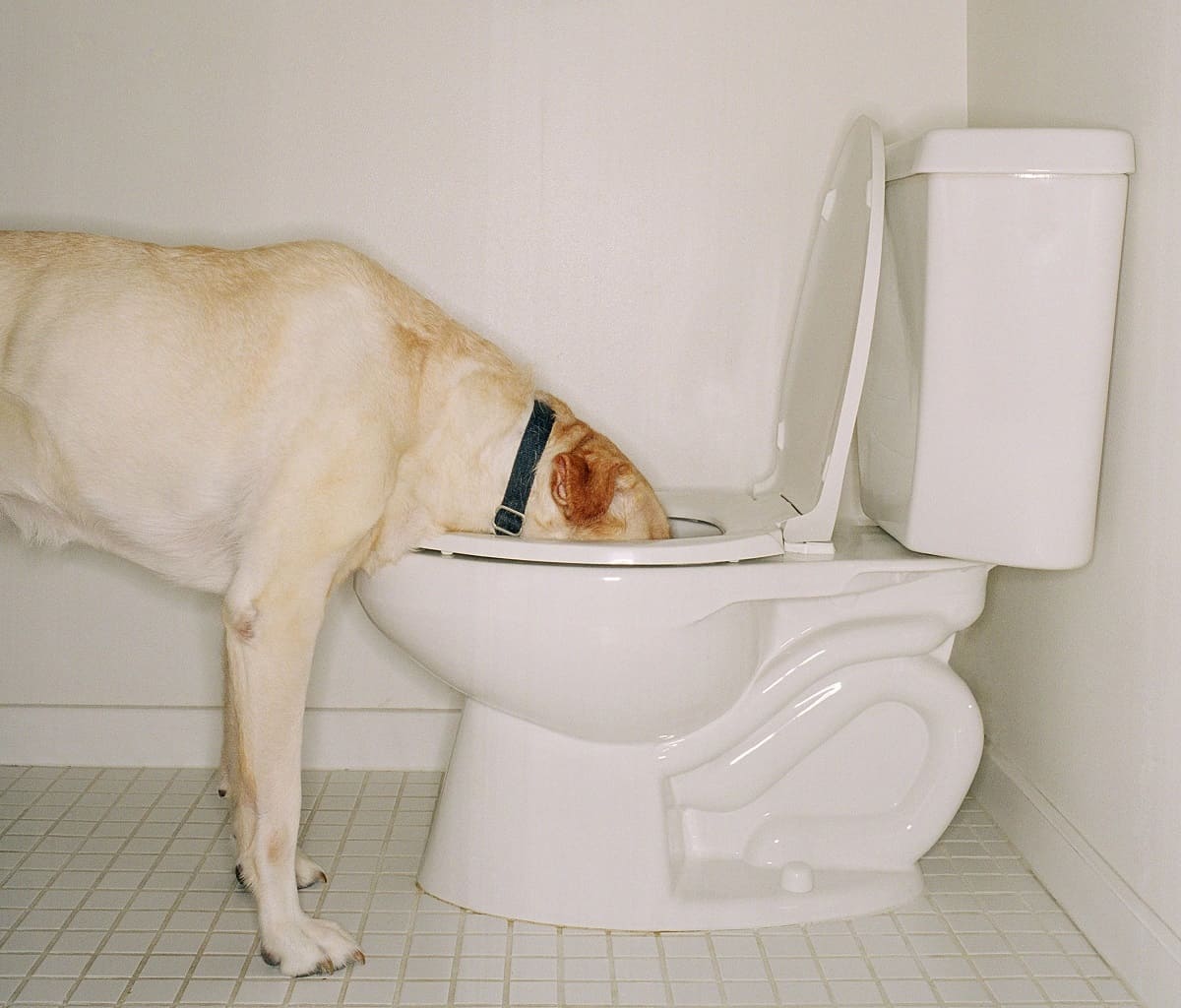
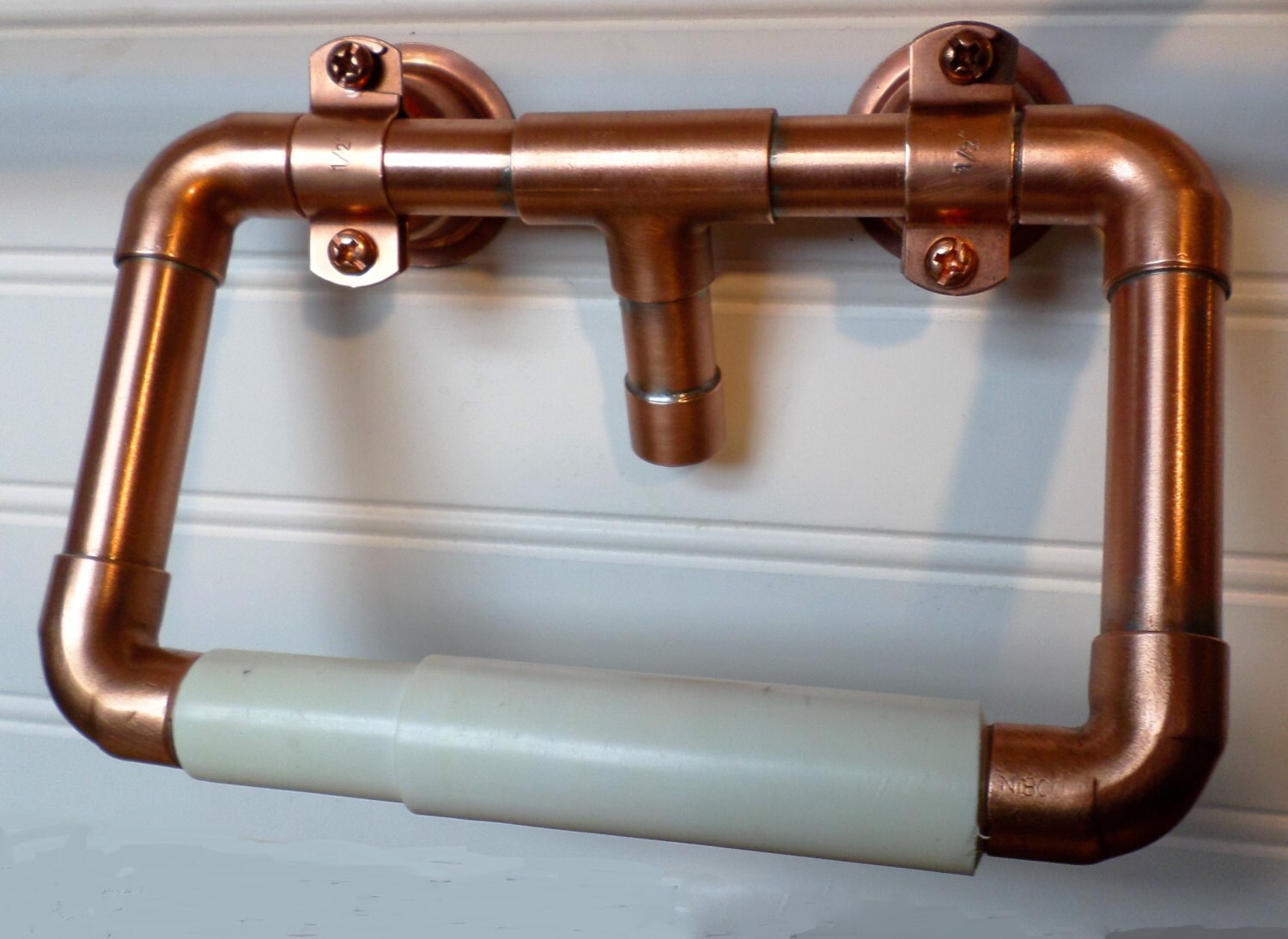
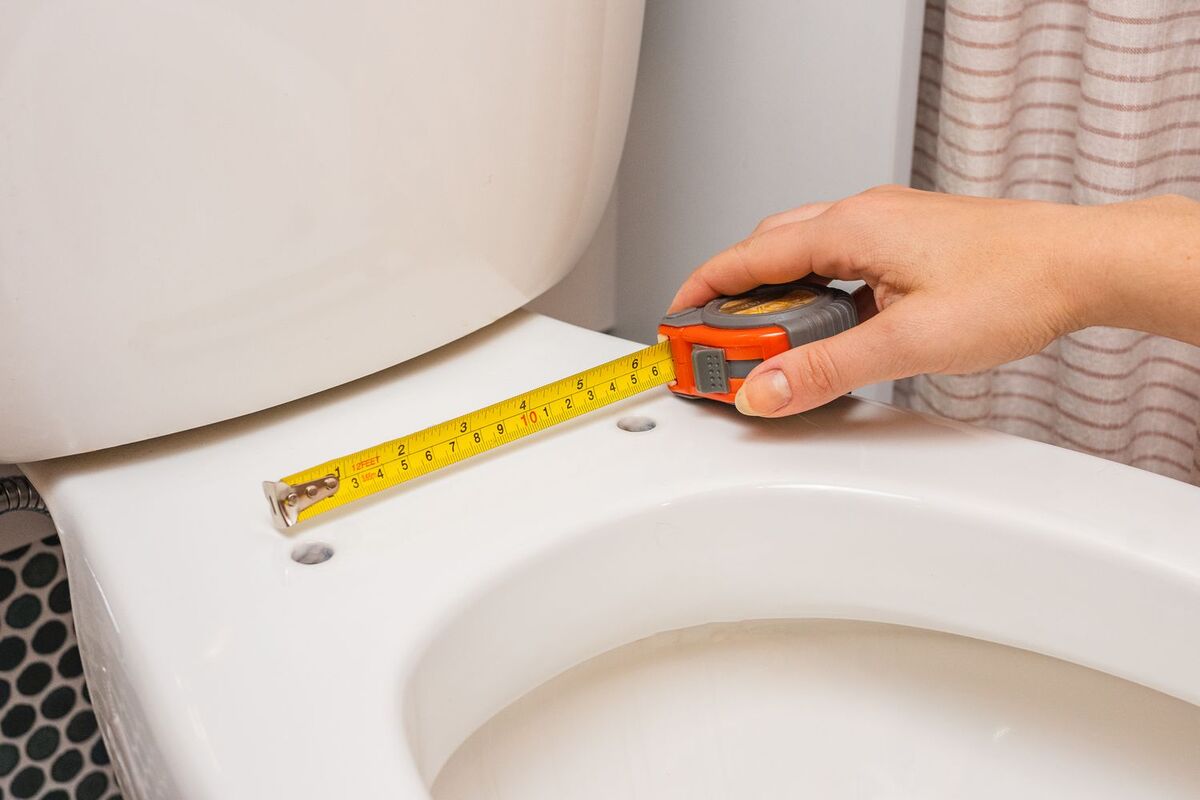

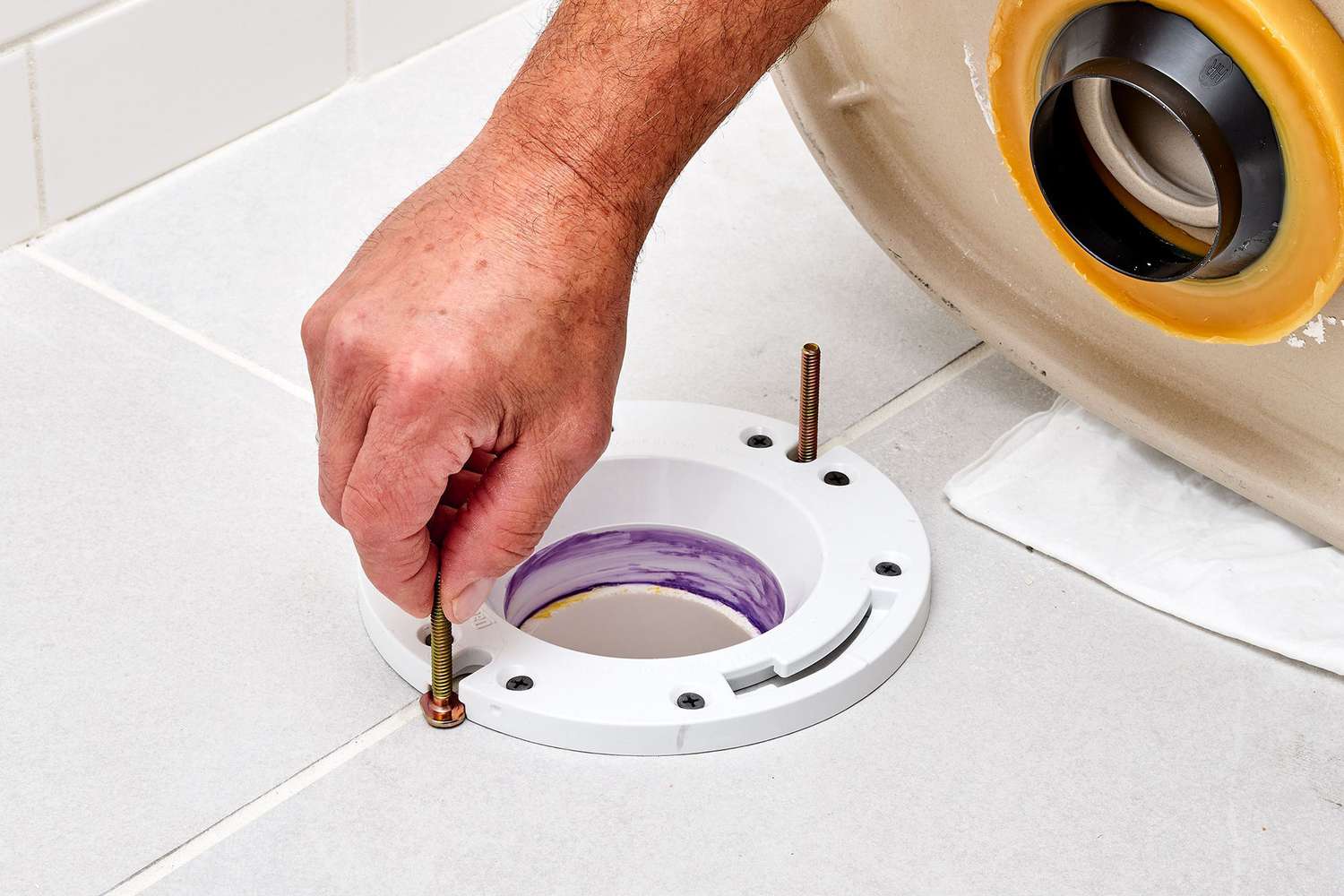

0 thoughts on “What To Do If Toilet Overflows”